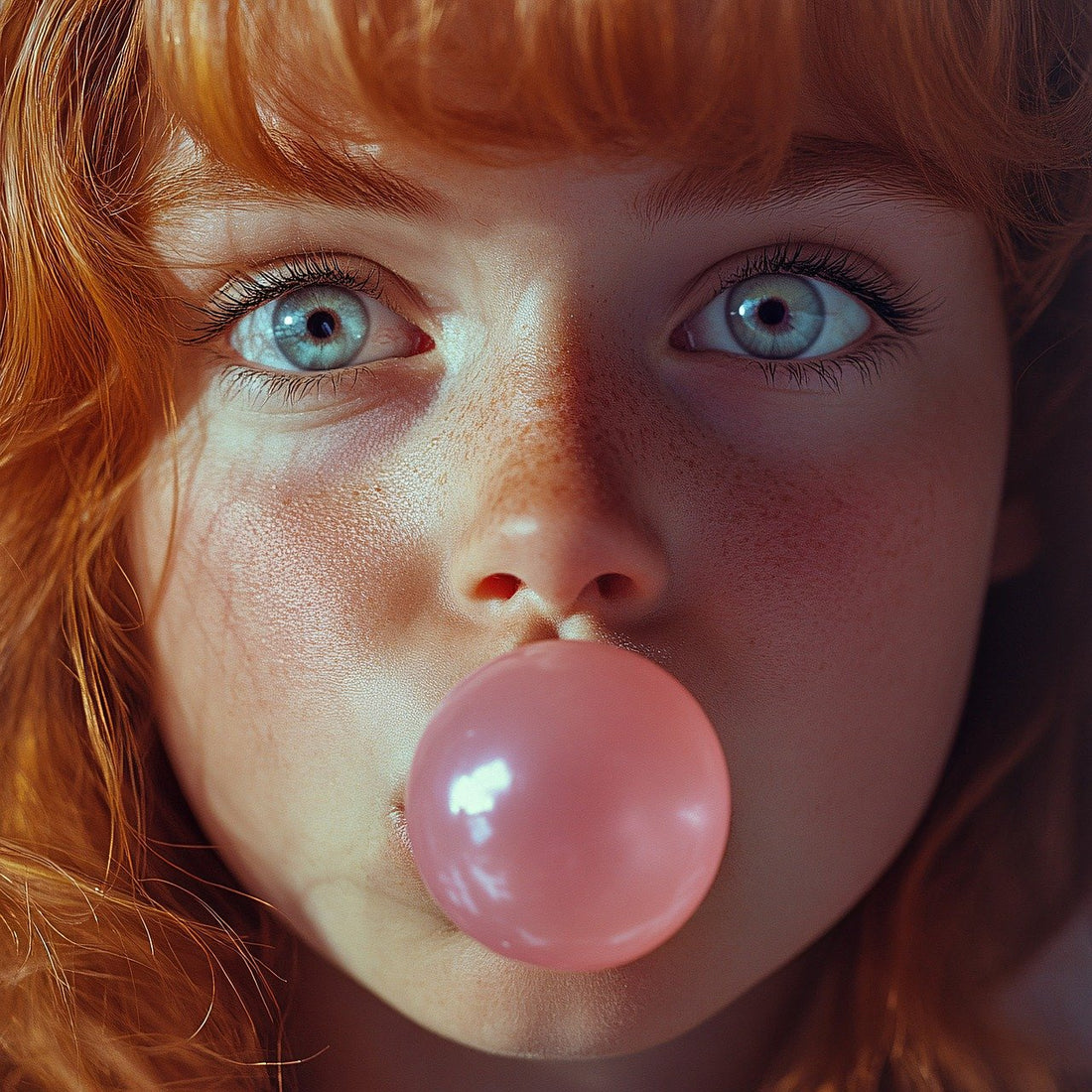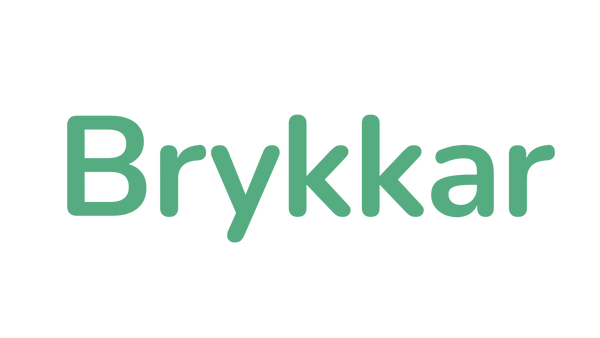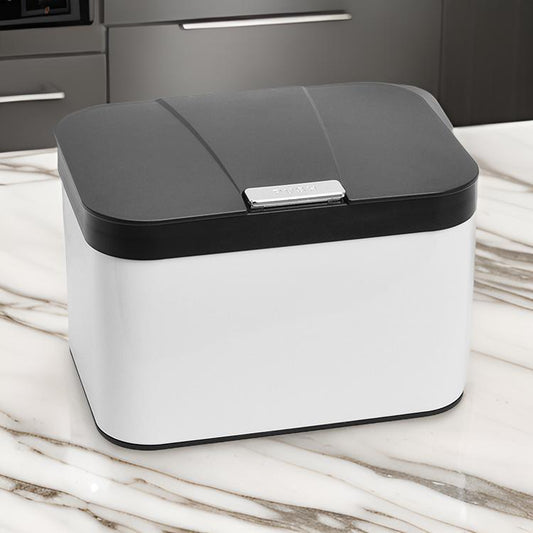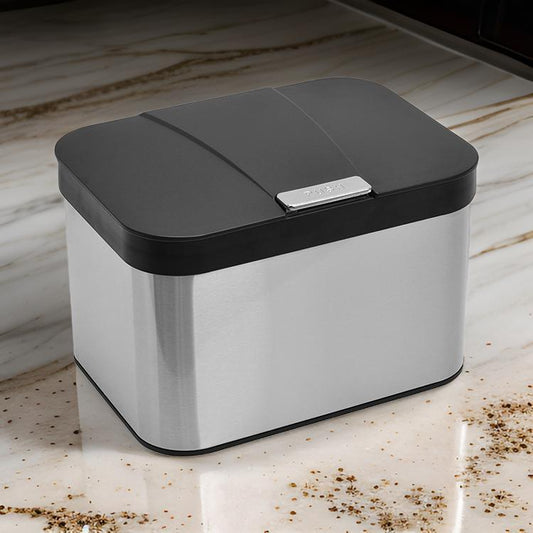
Where does chewed gum go in the trash?
"Our 7-year-old son asked yesterday. I often find myself in the kitchen, holding, for example, a broken clothes hanger, a clothespin, or a pencil that has been broken in half. Not knowing whether it is mixed waste or perhaps, for example, whether the plastic and metal of the clothes hanger go into packaging waste?! I believe our family is not the only one with such questions. Postimees had a practical article where Mirell Merirand, who organizes training for apartment buildings, shared advice on waste sorting with several examples."
Merirand emphasized the importance of collecting bio-waste: "The most important thing is the mandatory collection of bio-waste, as it is recycled one hundred percent – mostly into compost or biofuel. High-quality compost can be made from bio-waste, but only if the waste is not mixed with, for example, glass and plastic packaging." The biowaste bin from Brykkar can be a great help here, making the sorting of food waste easy.
What is bio-waste and what is not?
Trainer Merirand suggested to follow the so-called peasant wisdom, meaning that only what you would later use as compost in your garden should be placed in the bio-waste. Merirand also addressed the popular issue of eggshells, confirming the guidance mentioned in our earlier blog post to include them in the bio-waste.
Merirand emphasized the importance of packaging alongside bio-waste, as metals, glass, paper, and cardboard are 100% recyclable.
When collecting packaging, Merirand recommended following a simple principle: "Packaging is what is around something, protecting a consumable product or content. This includes plastic, metal, paper, cardboard, and glass packaging, as well as drink cartons, which should be collected cleanly, meaning they should be rinsed lightly if necessary, so they do not dirty other packaging in the container. If the paper packaging is very dirty, it is better to throw it in the mixed waste, as it cannot be recycled."
What to put in the mixed salad?
"One good piece of advice still lingers in my mind: if you don't know what type of waste it is, put it in mixed waste (with a few exceptions). Merirand ""The article lists practical examples such as cat litter, dirty packaging, baking paper, foil, vacuum cleaner bags, large bones (including shellfish), broken art supplies or tableware, CD discs, and incandescent light bulbs, all of which belong to mixed waste."
Construction waste, electronic devices, and medications must not be placed in the waste of organic materials.
The next level of sorting: expired medications and textiles...
"Many already know to take batteries and e-cigarettes to a special collection box, which has been present for years, for example, near larger grocery stores. But Merirand points out in the article with practical examples the hazardous waste that must be taken to a waste station or hazardous waste collection point:"Hazardous waste includes, for example, fluorescent and energy-saving lamps, e-cigarettes, LED bulbs, old thermometers, oils and oil filters, solvents, residues of paints, varnishes, adhesives, and sealants, acids, alkalis, photographic chemicals, plant protection products, household chemicals, batteries, and accumulators. All pharmacies are required to collect expired medications.
"From this year, it has also become mandatory for municipalities to collect textile waste separately. Depending on the municipality, the collection of textile waste has been organized slightly differently, so it is worth investigating this separately."
Our recommendation is to go step by step. Start with the simpler ones, such as bio-waste, paper, and glass, which are very clearly distinguishable types of waste.
PS! Chewed gum, a broken clothes hanger, and a half-used pencil go into the household waste ;)
Source: https://www.postimees.ee/8167815/kordame-ule-kuidas-on-oige-jaatmeid-liigiti-koguda


